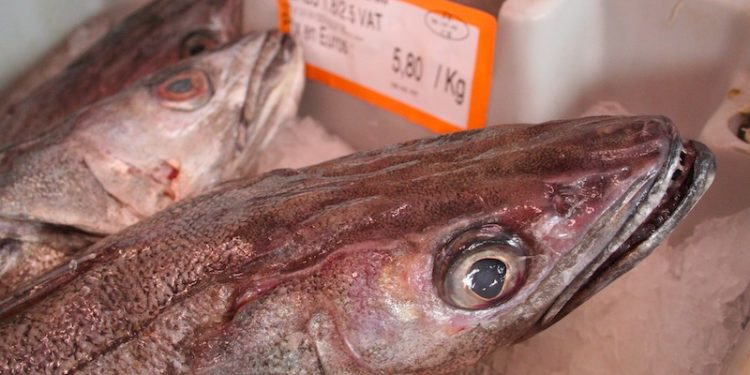Last week’s delivery of the annual report by the Scientific, Technical and Economic Committee for Fisheries (STECF) on the performance of the Common Fisheries Policy concludes that stock status has significantly improved, although the rate of progress has slowed in the last few years. It also reflects an overall downward trend in the fishing pressure over the period 2003-2015 in the North-East Atlantic.
STECF is the scientific body which provides the EU with independent scientific advice on marine resources, taking into account biological, economic, environmental, social and technical considerations. This allows policymakers to build their decisions based on solid science evidence, better understand the health of a stock, determine how much can be fished, and closely monitor the implementation of the CFP. Its latest findings are that biomass has been increasing since 2006, and was in 2016 on average around 39% higher than in 2003, while further efforts are still needed, particularly in the Mediterranean.
According to fishing industry body Europêche, the report provides evidence of positive trends in many stocks across Europe. This is clearly demonstrated by the fact that in the North East Atlantic the proportion of overexploited stocks decreased by 37% in a ten-year period. The proportion of stocks outside safe biological limits follows the same progression, with a decrease by half during the same period.
‘The good news in these waters does not end here, the recruitment trend relative to 2003 shows that the number of young individuals entering the fishery is consistently increasing. The same goes for the biomass, which in 2016 was on average around 39% higher than in 2003,’ commented Europêche president Javier Garat.
‘We welcome the fact that the number of stocks at sustainable levels is growing year after year. To be more precise, 53 stocks are being fished at Maximum Sustainable Yield (MSY) levels this year, compared to only five in 2009. For the majority of the stocks in the North East Atlantic, the end of overfishing has become a reality and is now backed up by science. Policymakers, however, should not be fixated on the number of stocks fished at MSY levels since the stocks already at sustainable levels represent the vast majority of catches in Europe. This is even more true in light of the growing stock abundance and the better economic performance of our fishermen.”
He said that now that MSY levels for many stocks have been reached, the new challenge is to overcome the single-stock-management difficulties particularly for mixed fisheries.
‘In many cases it is obvious that interactions among the stocks (e.g. predator-prey-relationships or competition for food resources) become more important for the status of the fish populations and make it evidently extremely difficult or even impossible to reach MSY levels for all stocks simultaneously in the same area,’ he said, and acknowledged that there remains a delicate state of affairs for management of Mediterranean stocks.
‘We hope that all the measures put in place by the EU and governments serve as a turning point of the situation and starts to bear fruit soon. We hope that the successful bluefin tuna story can be repeated for many other stocks in the region,’ Javier Garat said.









